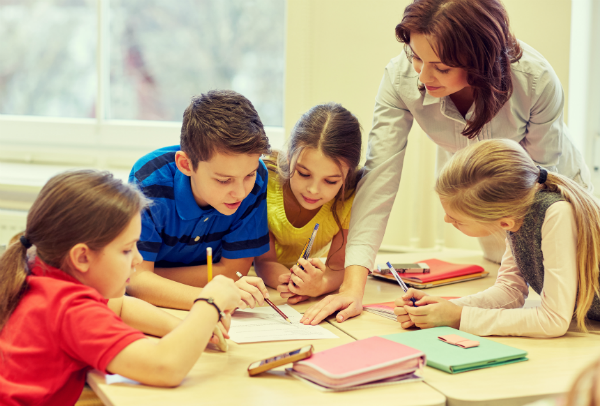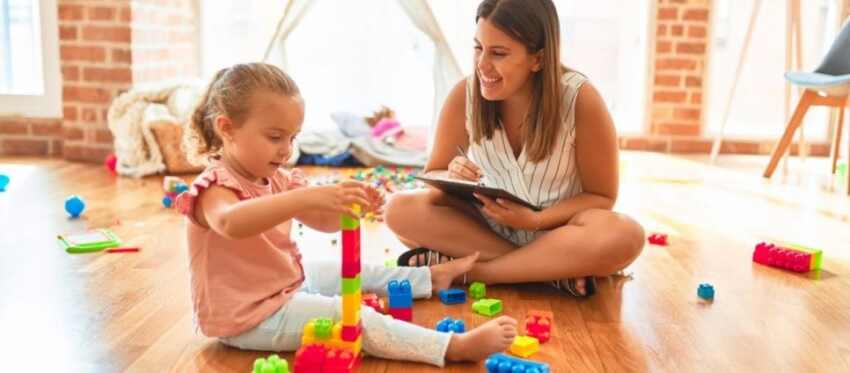Children grow and develop rapidly in their first five years across the four main areas of development. These areas are motor (physical), communication and language, cognitive, and social and emotional. Early intervention services are delivered during this critical time of development.
Motor development means the physical growth and strengthening of a child’s bones, muscles and ability to move and touch his/her surroundings. A child’s motor development falls into two categories: fine motor and gross motor.
Fine motor skills refer to small movements in the hands, wrists, fingers, feet, toes, lips and tongue. Gross motor skills involve motor development of muscles that enable babies to hold up their heads, sit and crawl, and eventually walk, run, jump and skip.
Typical motor skill development follows a predictable sequence. It starts from the inner body, including the head, neck, arms and legs, and then moves to the outer body such as hands, feet, fingers and toes. Motor development is important throughout a child’s early life, because physical development is tied to other development areas. For example, if a child is able to crawl or walk (gross motor skills), he/she can more easily explore their physical environment, which affects cognitive development. Social and emotional development progresses when a child can speak, eat and drink (fine motor skills).
The child care program is a wonderful place to help children develop motor skills. “Motor skills” is a broad category that includes a wide variety of abilities — from sitting up to running and climbing and from picking up small objects to writing with a crayon or pencil. Motor skills are typically divided into two types: large motor and small motor. Child care providers can help young children develop both types of motor skills.
Large Motor Skills
Large motor skills develop rapidly during the early childhood years. Large motor skills concern the development of larger muscle movements that are responsible for running, jumping, and throwing. In infancy, crawling, lifting one’s head, rolling over, and sitting up are examples of gross motor development. By the time typically developing children are 3 to 5 years old, examples of gross motor development include being able to run, hop, balance on one foot, throw and kick a ball, climb — up stairs or playground equipment — and ride a tricycle.
Small Motor Skills
Small motor skills concern the development of smaller muscle movements, mostly in the hands and fingers. Small motor skill development also involves hand-eye coordination. Small motor skills are responsible for grasping, holding, and manipulating small objects. For example, small motor skills are needed to pick up a crayon, hold a crayon and move it on a surface. Small motor skills are necessary to string beads, cut with scissors or tie shoelaces. Before young children master these tasks, they need to build their hand and finger strength and control through play.


